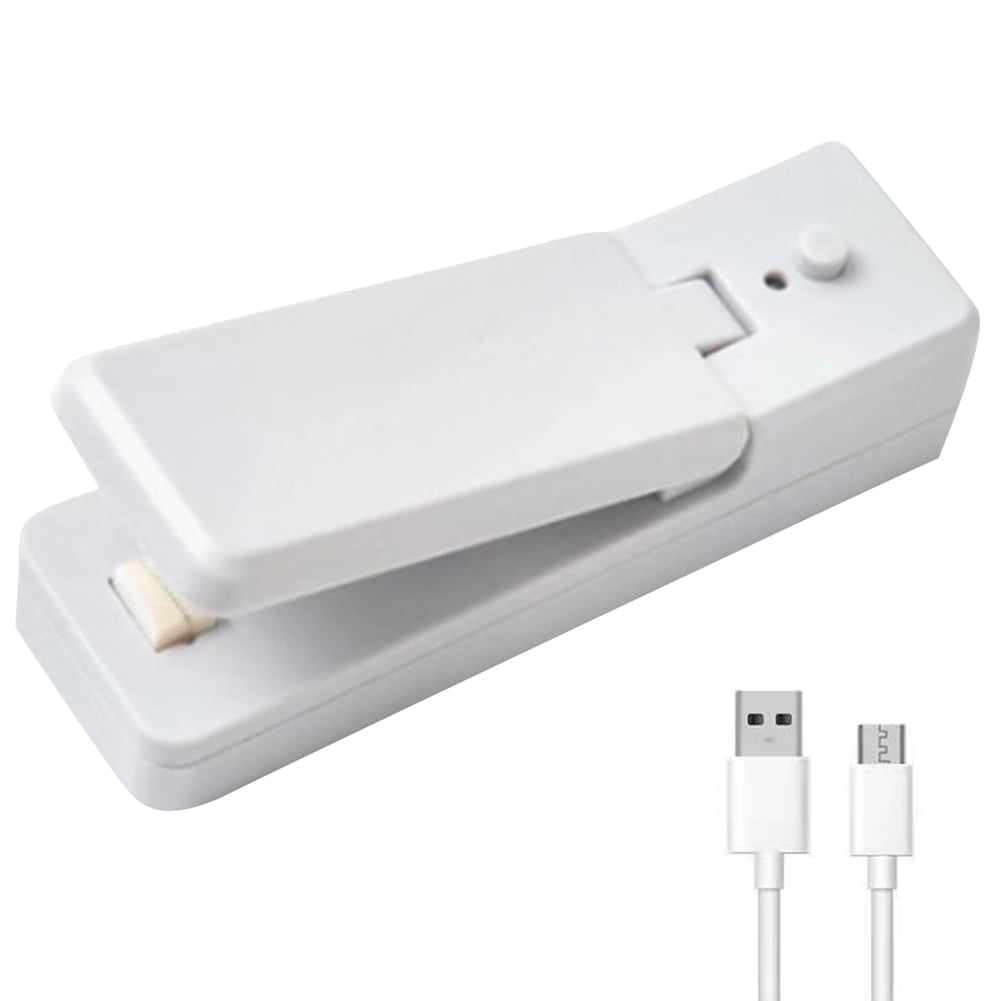

Change out the floodlight to a colored bulb.

If you wait until an ice dam has already formed, the mechanism will not work as effectively.Ĭonsider outfitting exterior floodlights with an outlet that can be turned on and off with a switch. This allows the cable to warm up and prevent falling snow from building up and freezing. Plugin or turn on your system before the start of a storm.
#Heat cables for roofs install#
This is something you will want to take into consideration before you install roof heating cables. Keep in mind that you can’t rake areas where you've hung chords, as you will risk pulling it down, so be cautious if your roof is surrounded by trees and prone to heavy debris. However, if you purchase a kit, you may need to purchase extra shingle clips and cable spacers depending on the size of your home and needs. They often come with a handy DIY manual, which will make your job easier. If you want to install roof heating cables this fall in order to prevent ice damming during the upcoming snowy months, look for kits that can be purchased from a variety of stores and or online vendors.
#Heat cables for roofs free#
If you must install roof heating cables during the winter season, use caution in snow-covered and icy areas, and be sure that the edges and gutters are free from snow and ice. If you apply this system to your home in the warmer months, before the first snow, you have the opportunity to plug it in and ensure that it's working before the temperatures plummet. You should notice the chords quickly warm up and snow will start to melt and fall. Once you install roof heating cables onto your property, plug the system into a ground, fault-protected outlet. Use additional spacers, or some other type of double-sided hook, to hang a length of wire from the bottom” V” portion of the cabling into the gutter. If you have enough cabling leftover and would like to run a line through your gutter, you can do that as well to help melt and prevent snow accumulation in gutters. Step 3 – Install Heat Cables in the Gutter Make sure the bottom part of the wiring (the V portion) overhangs your structure by two or three inches.Ĭontinue to install roof heating cables using this method until you've reached the end of your surface. On the bottom clips, loop the cord through each side of the spacer, forming a "V" shape. On the top clips, loop the wire through the hook and tighten either by pressing on the hook or by using pliers. Run the cabling in a zigzag pattern between the top and bottom shingle clips. The most effective approach to this step is to apply as many clips as you can before moving your ladder.Īpply additional shingle clips at the bottom edge of the roof, staggering their placement between where the upper clips are, attaching the cable spacers to the bottom clips only. Starting at the bottom left or right edge corner of the surface (near the gutters), apply clips to the third or fourth row of shingles approximately eight to twelve inches apart. To install roof heating cables, you must first apply shingle clips to the structure. This prevents water from backing up behind shingles and leaking into your home.

Although they don't completely eradicate ice dams, they do create channels that lead the water to flow off the top of the house. When placed on the edge of a roof, they aid in melting snow and ice. Heat cables are long lengths of electrical cords that get hot when they're plugged in. Because many homeowners are not in a position to replace the top of their homes, many choose to install roof heating cables. The best way to prevent ice dams long-term is to look into the construction, insulation, and ventilation of your attic and home structure. When water is left to sit on top of the surface, it can leak into the home and cause interior damage and mold growth. Over time, a layer of ice builds up and thickens, causing water to back up behind shingles. As the water runs down the house to areas that have colder temperatures, such as the edges of the surface, it begins to freeze. When warm air from inside the home leaks through the attic, it heats the uppermost surface, causing snow to melt.


 0 kommentar(er)
0 kommentar(er)
